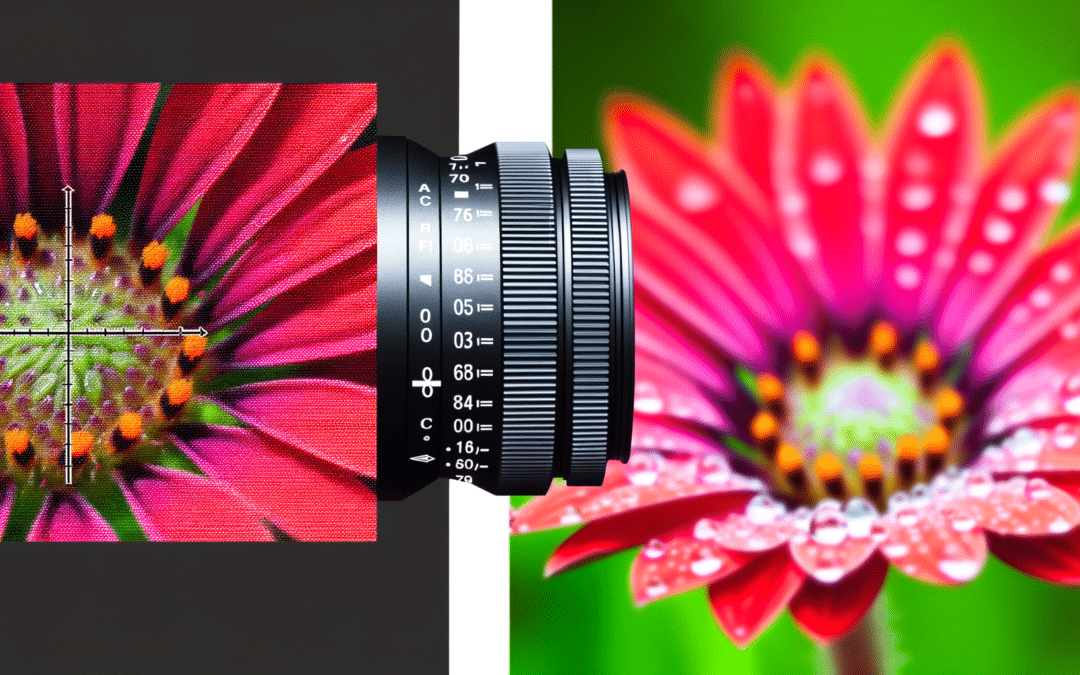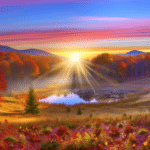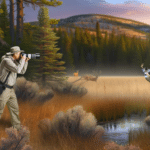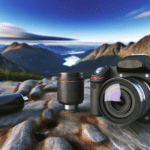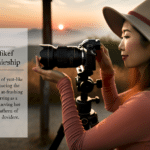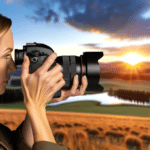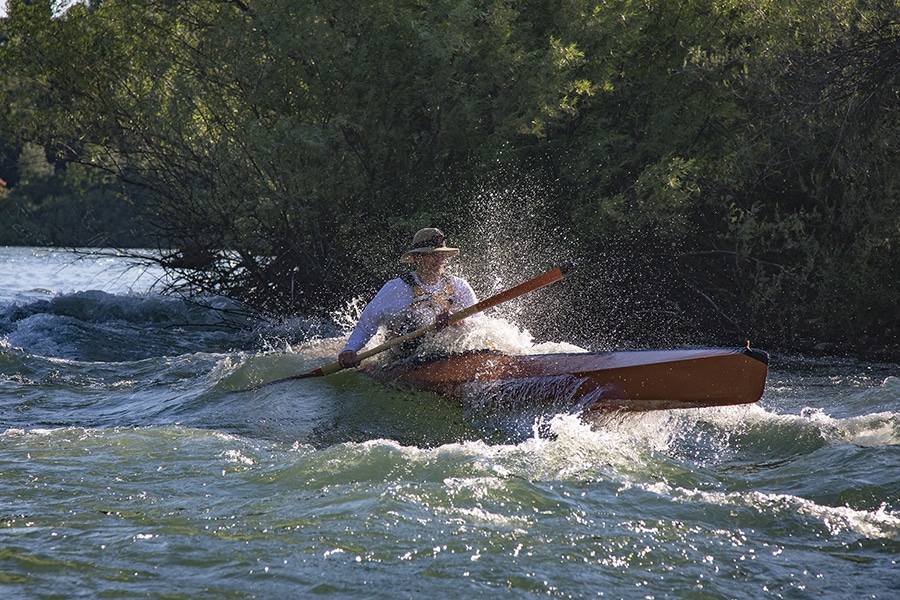An Overview of Close-Up Lenses
For those seeking a cost-effective and straightforward method for capturing detailed images of flowers and other subjects, close-up lenses might be the perfect accessory. These lenses, also known as close-up filters or supplementary filters, resemble filters more than traditional lenses, easily screwing onto the camera lens.
Understanding Close-Up Lenses
Essentially, a close-up lens acts as a high-quality magnifying glass for the camera’s lens, allowing for a reduced minimum focusing distance. This means photographers can get closer to their subjects for increased magnification. The magnification power of these lenses is indicated by their diopter rating, with common strengths ranging from +1 to +4 diopters, and some reaching up to +10 diopters. While higher diopters provide more magnification, they may also reduce image quality.
Combining lenses, such as a +1 and +2 diopter lens, can increase magnification but may compromise image quality.
Compatibility with Focal Lengths
Close-up lenses are particularly effective with telephoto lenses, as longer focal lengths allow for greater magnification. However, for lenses with shorter focal lengths, such as 50mm on a full-frame camera or equivalent on crop sensors, extension tubes are recommended over close-up lenses. An 85mm lens paired with a Canon 500D close-up lens was used to capture the photos in this tutorial.
Advantages of Close-Up Lenses
There are several methods to achieve close-up photography, including macro lenses, extension tubes, reverse lens macro, and attaching close-up lenses to telephoto lenses. Close-up lenses offer several benefits:
- Cost-effective: They are often less expensive than macro lenses.
- Portability: These lenses are more compact and easier to transport than macro lenses.
- No Light Loss: Unlike macro lenses or extension tubes, close-up lenses do not reduce the light reaching the camera sensor.
- Auto-Exposure and Auto-Focus Compatibility: These features may not work with certain extension tubes, but they do with close-up lenses.
- Protection: Adding or removing a close-up lens does not expose the camera sensor to dust or dirt.
- Ease of Focusing with Telephoto Zooms: A close-up lens maintains focus when zooming in or out.
Disadvantages of Close-Up Lenses
There are a few drawbacks to consider, such as the limitation of lens diameter compatibility and potential image quality reduction at wide apertures. Additionally, close-up lenses are more suited for telephoto lenses and may not provide as much magnification with standard lenses compared to extension tubes.
Varieties of Close-Up Lenses
Close-up lenses come in three types:
- Single-Element Lenses: These are budget-friendly but may compromise image quality.
- Multi-Element Lenses: Raynox offers affordable triple-element lenses with significant magnification.
- Double-Element Lenses: For superior image quality, double-element lenses are the best choice, though they come at a higher price.
Several manufacturers produce double-element lenses, and while Nikon’s offerings have been discontinued, they may be available second-hand. Schneider and Leica also manufacture high-quality close-up lenses.
Subjects for Close-Up Lenses
Close-up lenses can be used to photograph a wide array of subjects, from flowers to insects, and can be a tool for creative photography.
Further Insights
For more information and photography tips, readers are encouraged to subscribe to the Mastering Photography email newsletter, which offers resources such as 47 PhotoTips cards and an ebook on Lightroom Classic.
About Andrew S. Gibson
This section would detail the credentials and background of Andrew S. Gibson, the author of the original article.
